Are Watches a Good Investment?
Should watches be considered an investment asset class? And are they worth it?
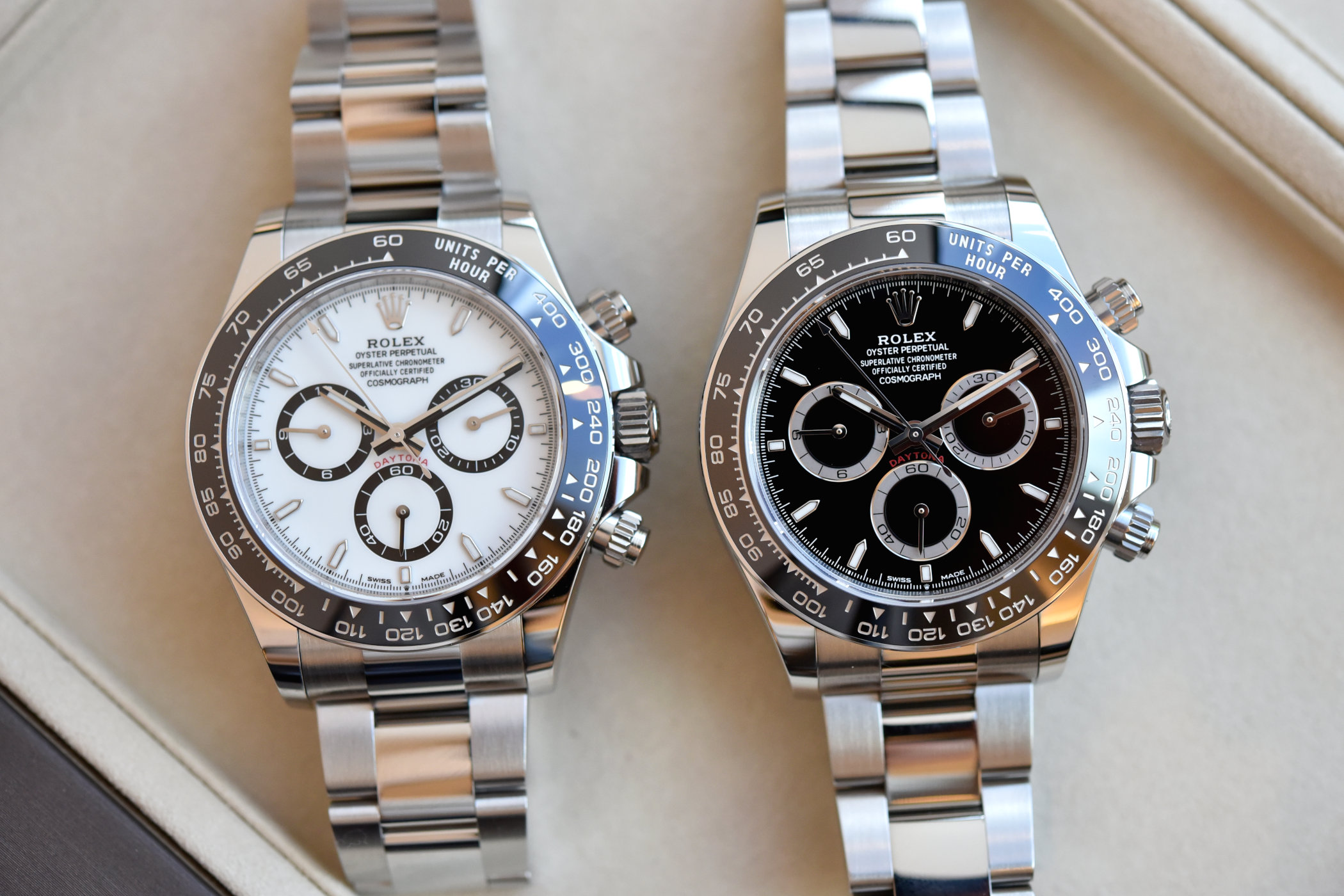
Beyond their cultural and aesthetic value, luxury and high-end watches have increasingly become recognised as a viable investment asset class, offering the potential for both financial returns and personal enrichment. Indeed, watches can be a way to invest while enjoying the passion for beautiful objects. But the topic can be controversial. Just like any investment, one should navigate cautiously. Investing in watches can be risky and a bit overwhelming for some due to their lack of knowledge. It is essential to carefully evaluate factors such as the brand, the rarity, the provenance, the condition and the market trend.
First and foremost, we are not financial advisors. Predicting trends is not simple. The only thing we can tell you is that if you are eyeing watches to turn a profit, you should take the time to examine and understand each acquisition before committing your hard-earned money. This advice applies to all sorts of investments or asset classes.
One of the best ways to assess the potential evolution of a watch’s price is probably to examine the past performance of brands or specific models with a proven track record – which is one of the questions we get most often.
Like most investments, it will be challenging to make money in the short term with watches – at least given the current market situation. Over the past few years, the watch market has been quite strong. Swiss watch exports have beaten records, and demand has generally exceeded the offer. In these conditions, you could find many watches with a resale value exceeding their retail price. Unsurprisingly, this situation has fueled speculation for every item where money can be made quickly, particularly with flippers. People are not buying a watch to enjoy it but for the sole purpose of reselling it at a profit.
With the more complex current market situation, supply now matches demand for most watches. We even have reports from brands of order cancellations produced by flippers as the potential for immediate profit is shrinking. Overall, few brands still have watches (and not all models) that are trading above their retail prices, as exhibited below by the latest information from WatchCharts.

In general, the “Big Three” – Rolex, Patek Philippe and Audemars Piguet – have consistently been the brands with the highest value retention (defined as the premium/discount that a watch trades on the secondary market relative to its retail price). The same goes for a few other brands or specific watches with limited supply. Think of high-end independents like F.P. Journe, Rexhep Rexhepi or Kari Voutilainen… or the craze surrounding the Moonswatch when it was launched!

The watch industry has high commercial margins (typically 30% to 50% for retailers, depending on the brands). When the market situation worsens, it is not rare to obtain a discount, even for walk-in customers, depending on the country and the retailer; sometimes, the price of certain watches can plummet.
Over the long run, things are pretty different as more watches tend to retain value or even see their “market” price increase, specifically with the boom of the second-hand market and inflation in general.

Initially restricted to auction houses, pawnbrokers and a few watch dealers, the second-hand luxury watch market has transformed dramatically over the past few years. Wearing pre-owned watches has become much more acceptable and even cool. There are savings to be made, there is a growing emphasis on sustainability, and second-hand can be a way to obtain sought-after models and track down rare, elusive models. But there again, one should be very careful. Many watches won’t appreciate over time, particularly compared to their retail price.
Again, in this respect, watches from longstanding brands like Rolex, Patek Philippe, Audemars Piguet, Cartier or Omega will probably ensure the best value retention over the long run.
Rolex Daytona 116520

Omega Speedmaster Moonwatch (Pre-2021)

Of course, this does not mean that buying a watch from one of these brands at any price is always a safe bet. There is naturally a lot of speculation, and second-hand prices can fluctuate significantly depending on market conditions. What is evident is that the brands that have the highest value retention have been managed with coherence and consistency.
There has been severe criticism about the insufficient availability of some watches over the past years. Those complaining about this short supply would be the first to complain about their sudden availability. What is certain is that brands like Rolex, Patek Philippe or Audemars Piguet are creating value for their (existing and future) clients by managing supply and by being consistent with their policies. The cult dimension of products like the Rolex Daytona or an Hermès Kelly bag owes much to their exclusive supply.
Again, the same goes for leading independent watchmakers such as F.P. Journe, Rexhep Rexhepi or Voutilainen – which was confirmed again at the recent Only Watch auction, considering the prices achieved by the unique pieces they donated to the charity. Their intent is not to grow their business at any cost but to keep handcrafting their watches with an ethic of no compromise.
Besides the brand, there are plenty of factors to consider: the scarcity, condition, age, material, changing trends and, of course, the authenticity of a watch – especially if you do not buy it from an official point of sale.
Entry-level luxury, value for money
At the other end of the price spectrum, entry-level luxury watches are rarely considered investments – simply because there is no real speculation around them. Watches in that segment are perceived less as aspirational products. Still, some sought-after watches, from brands like Tudor, for example or limited editions, can retain value or appreciate over time.
In any case, these watches often offer exceptional value for money. Watches from Seiko or Swatch Group brands (think Tissot or Hamilton, for example) offer a lot of watch for the money. The success of the Tissot PRX probably owes a great deal to the quality/price ratio and its looks. You might not be able to re-sell your PRX with a profit, but what you get for 700 euros is pretty hard to beat.
In general, we encourage you to buy watches with a long-term perspective. We prefer collectors over traders. If watches can be considered tangible assets, most importantly, the joy of owning and wearing a beautiful timepiece is probably what matters most—at least, it is to us here at MONOCHROME.

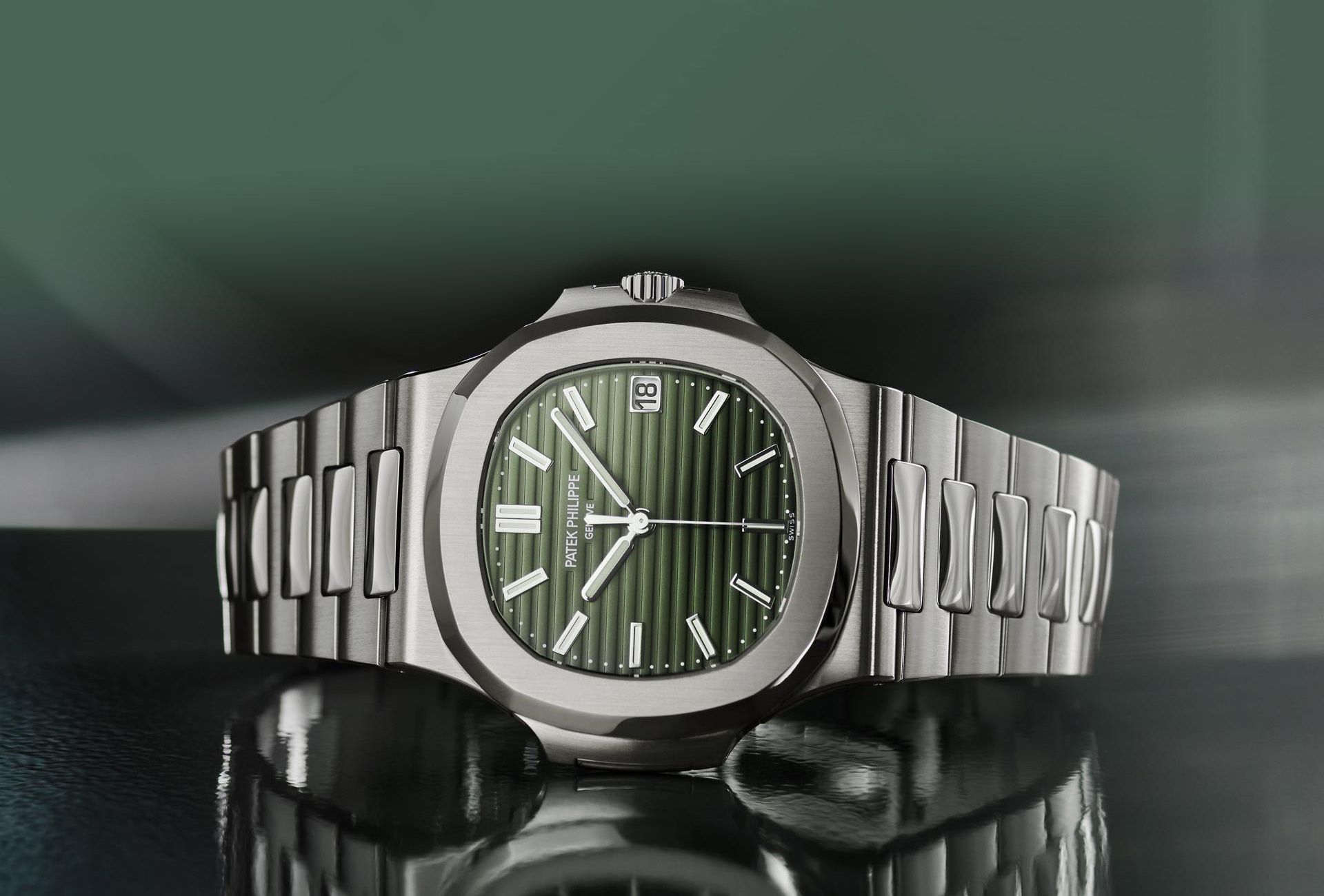
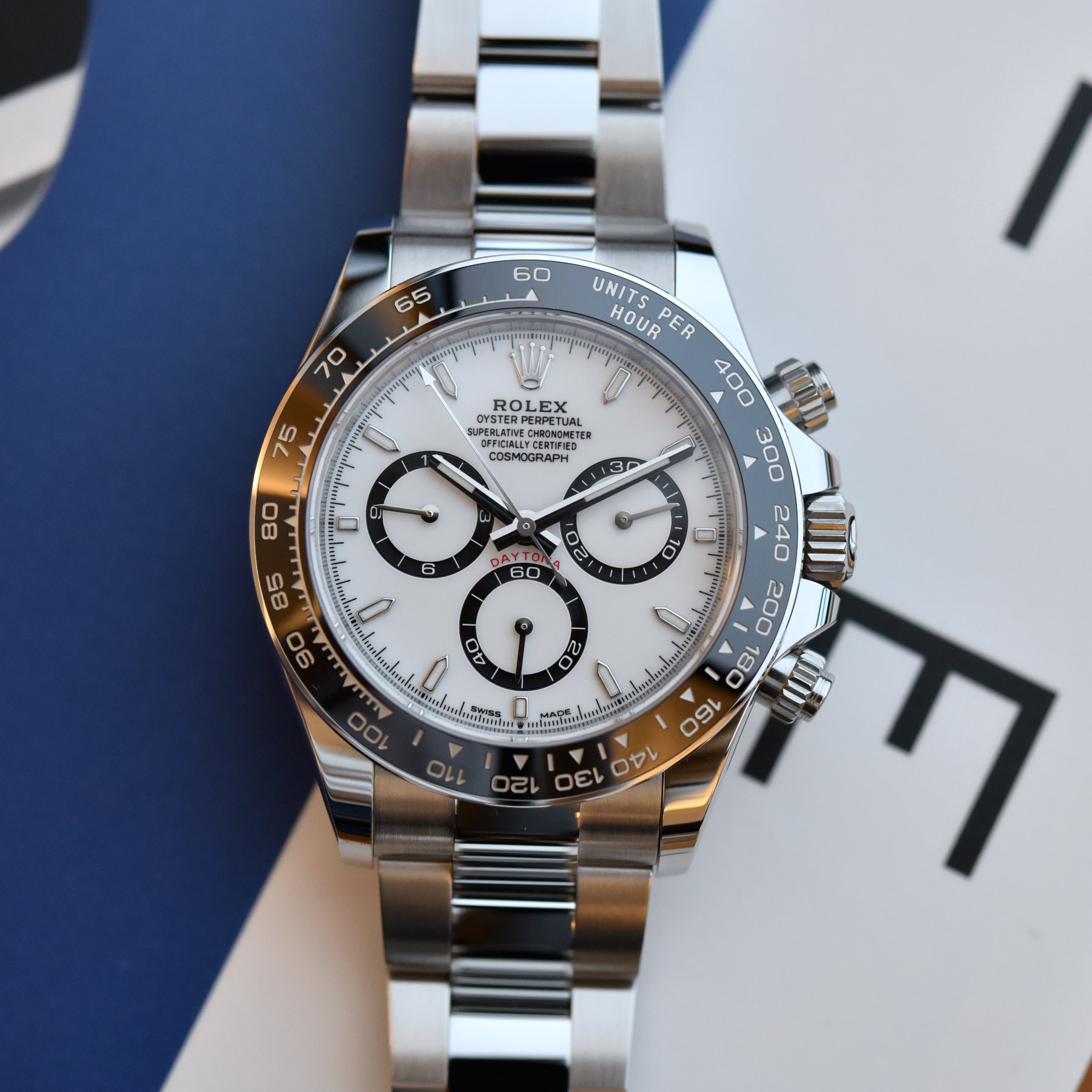
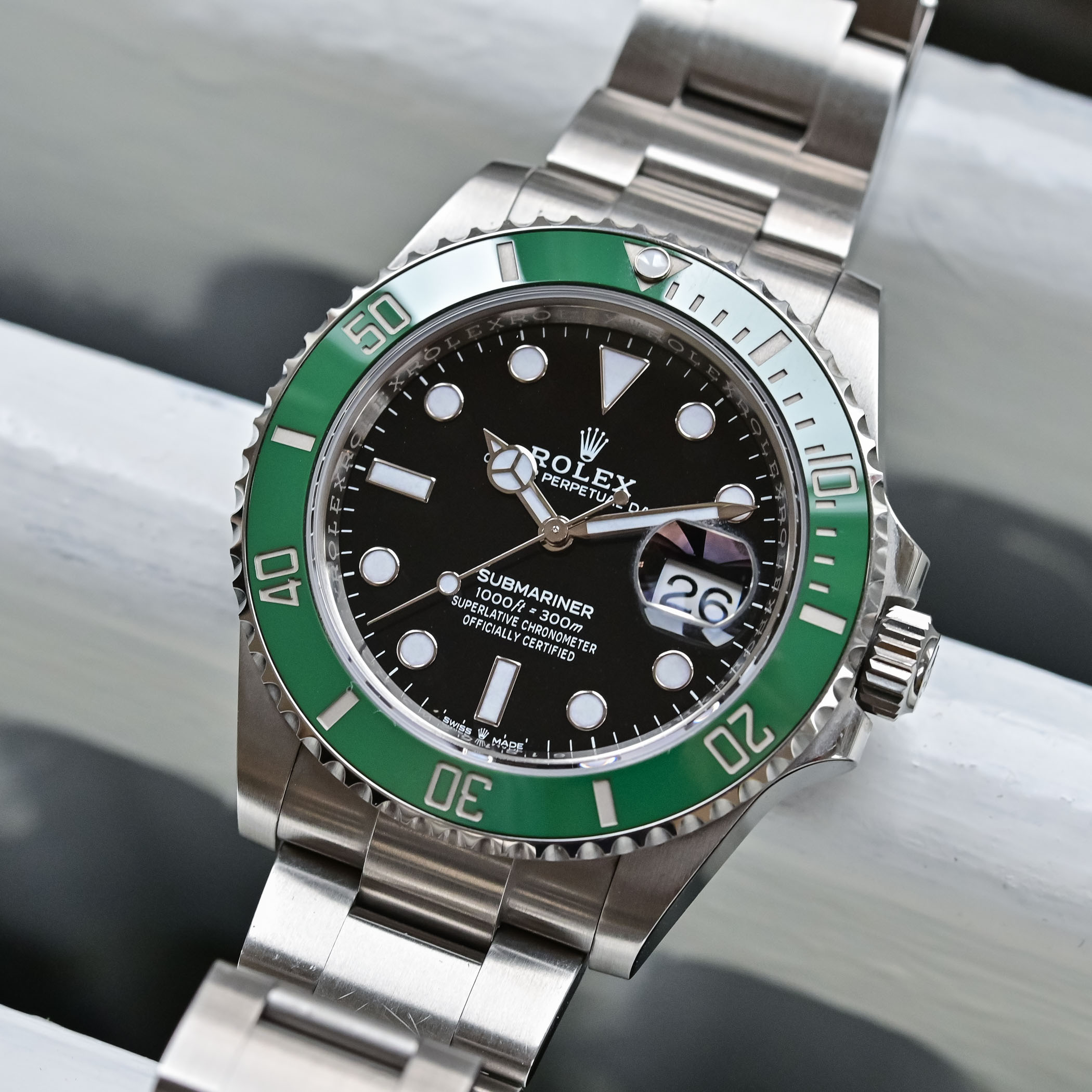
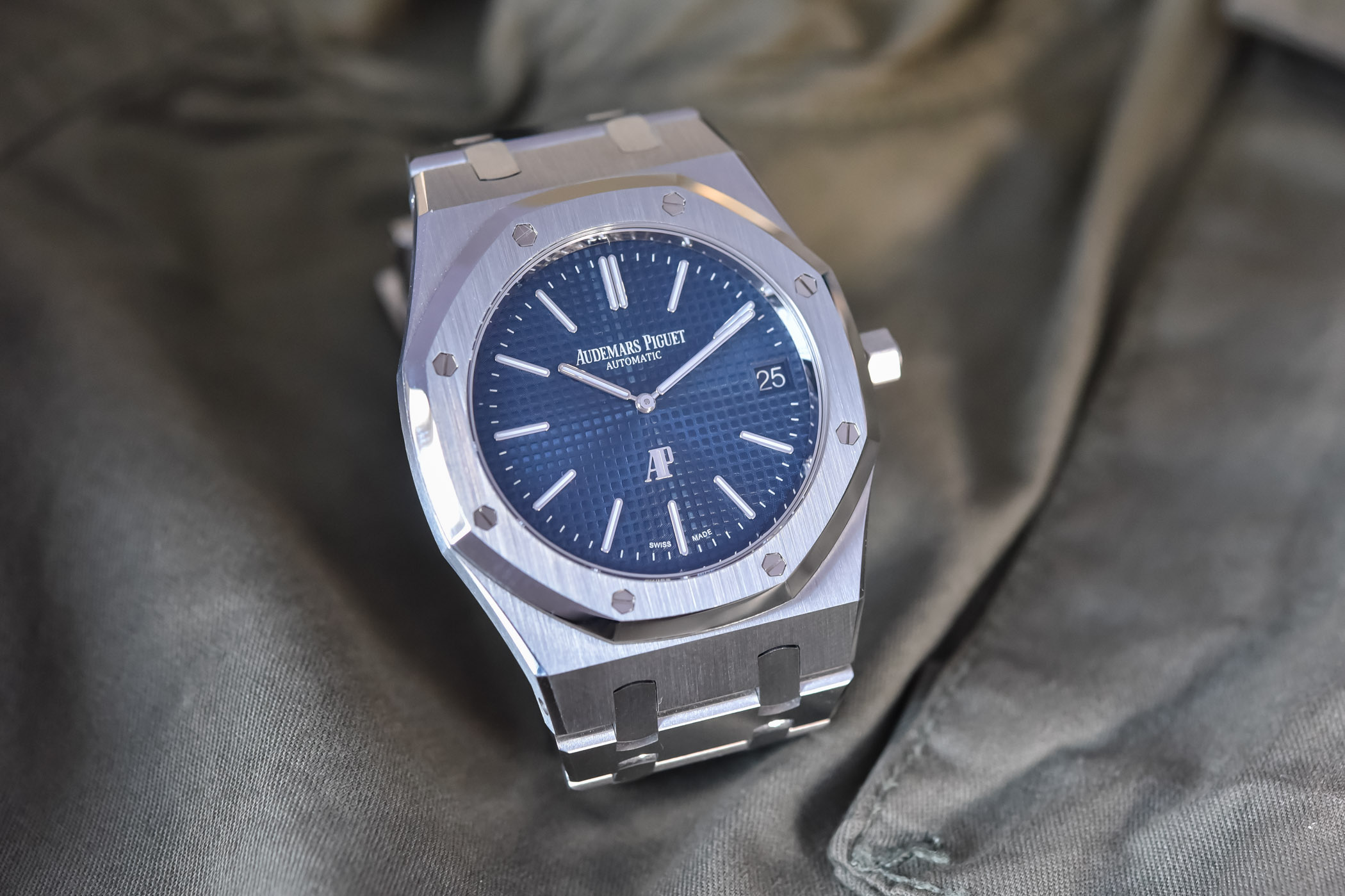
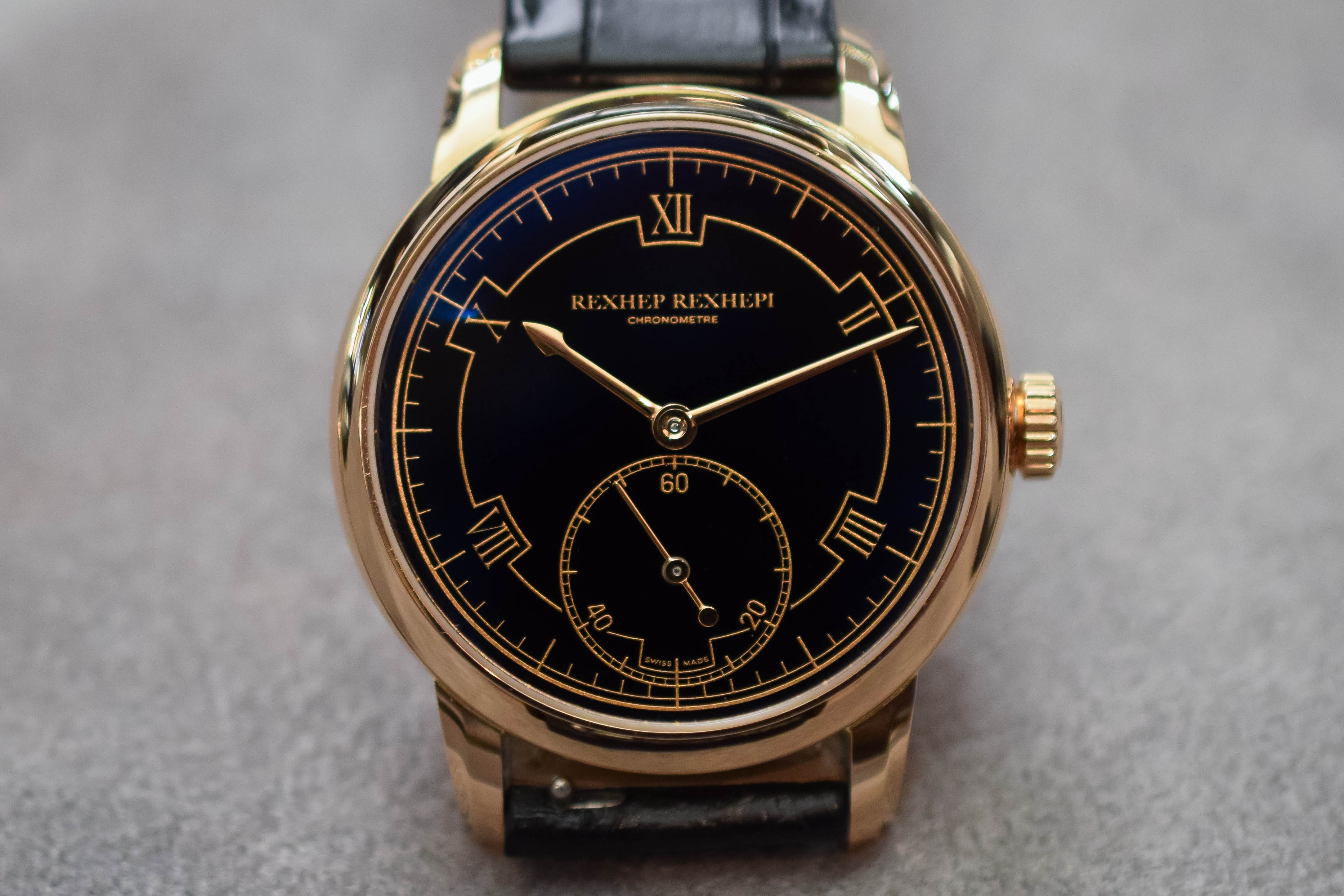
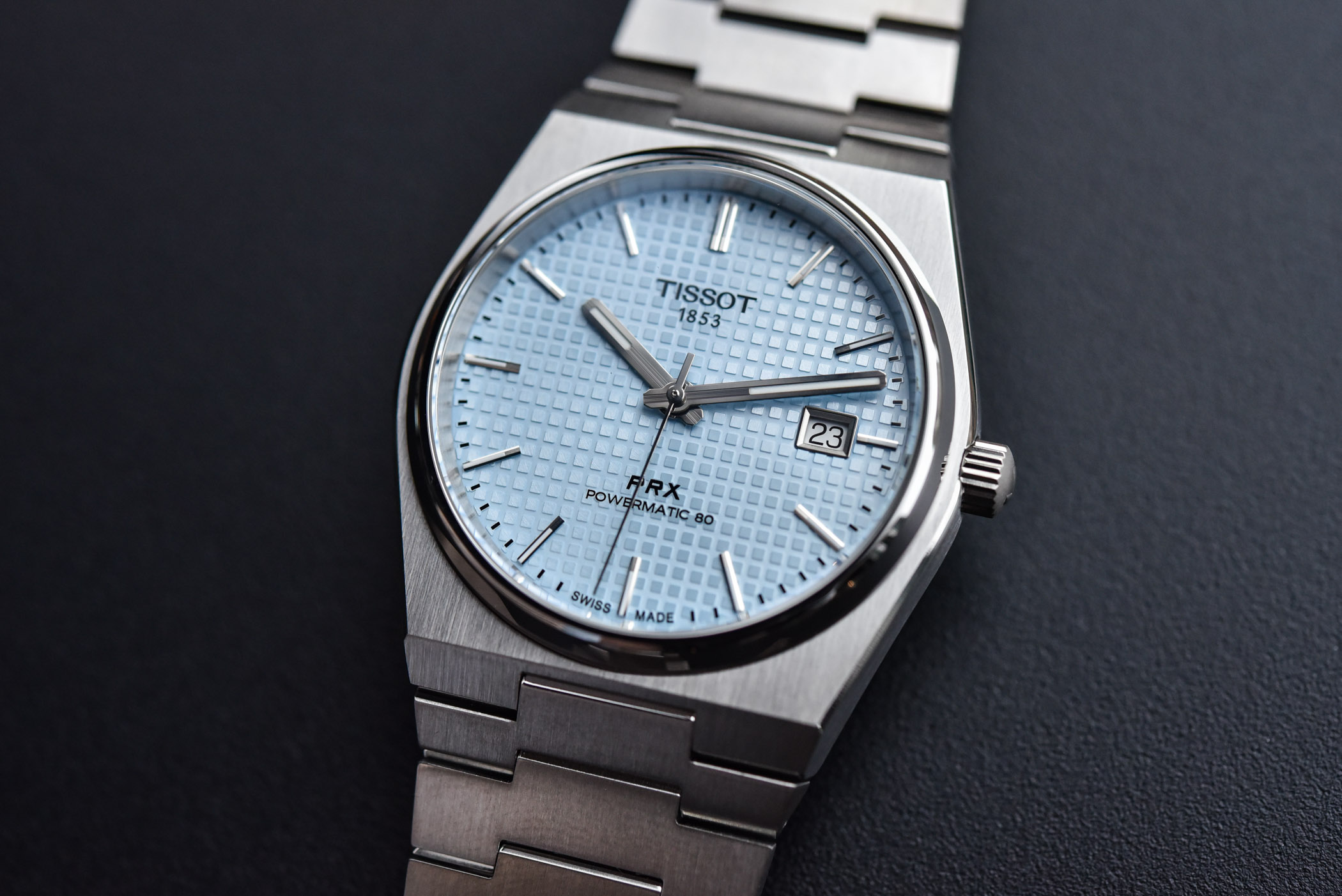



2 responses
Who effin cares?
They are fun, and some of them wonderfully made.
Right now nice watches are valuable commodity but be careful the market will correct and valuables will be judged on Can I eat it or put in my gas tank.A fascinating hobby just put in the proper perspective !